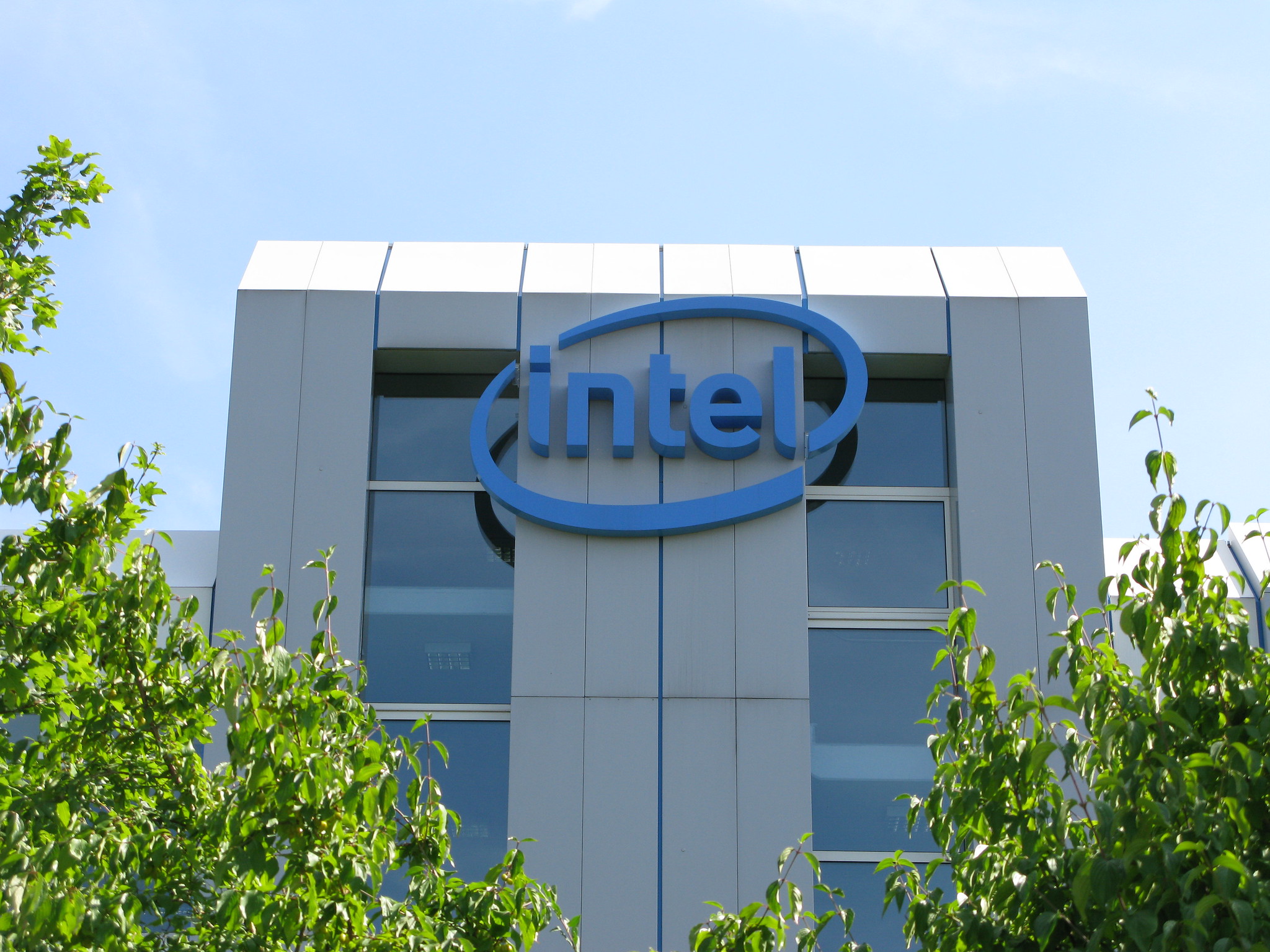Reports that the United States government may be considering an equity stake in Intel have led to a significant surge in the chipmaker’s stock value. This development, if it were to materialize, would represent a major and unconventional form of federal intervention in the semiconductor industry. The speculation has been fueled by a new, more direct approach to supporting domestic technology leaders, particularly as the U.S. seeks to bolster its supply chain resilience and national security in a fiercely competitive global landscape. It suggests a potential shift from simple grants and loans to a more intertwined public-private partnership, with the government becoming a direct stakeholder in a key American enterprise.
The discussions, which are reportedly in early stages, are tied to the broader framework of the CHIPS Act. This landmark legislation was designed to provide billions of dollars in subsidies and incentives to encourage the construction and expansion of semiconductor manufacturing facilities within the U.S. While Intel has already been a major recipient of this funding, the idea of the government taking an equity position goes far beyond the initial scope of the act’s direct funding and tax credits. It introduces a new dimension to the relationship between the government and the private sector, where the public’s investment is tied directly to the company’s long-term success and profitability.
This potential move comes at a crucial time for Intel, which has faced a number of financial and operational challenges in recent years. The company has lost its technological lead to rivals and its stock has underperformed. While CEO Lip-Bu Tan has outlined a comprehensive turnaround strategy, including massive investments in new fabrication plants and a renewed focus on innovation, the capital required for these ambitions is immense. A government stake could provide a much-needed injection of capital, giving the company the financial stability and resources to execute its long-term plan without being overly burdened by debt or the immediate pressures of the public markets. It would essentially transform the government from a benefactor into a partner in the company’s future.
The rationale for this significant action stems from increasing worries about the concentration of semiconductor production in East Asia. The U.S. administration perceives dependence on international fabs as a major risk to its economic resilience and national defense. By supporting the success and growth of a domestic leader like Intel, the government aims to guarantee a steady provision of sophisticated chips for various uses, ranging from consumer gadgets to defense systems, while also aiming to reinstate American dominance in a key technological field. This strategic initiative corresponds with a wider geopolitical plan to lessen reliance on overseas supply networks, especially from rival countries.
However, a government equity stake in a private company is not without its complexities and potential drawbacks. Such a move would raise questions about the appropriate level of government influence in corporate decision-making. Would the U.S. government have a seat on the board? What would be its role in setting business strategy, and how would it balance its public interest mandate with the company’s obligation to its other shareholders? These are unprecedented questions for the U.S. technology sector, and the answers would set a significant precedent for future public-private partnerships. The potential for political interference in a company’s day-to-day operations and long-term vision is a concern for many in the business community.
The market’s swift, positive response to the announcement highlights the anticipated advantages of this collaboration. Investors interpret a governmental shareholding as a strong endorsement of Intel’s recovery strategy and a mitigating factor for its significant capital investments. It indicates that the government is fully dedicated to Intel’s achievement, potentially drawing additional private funding. The market grasps that this is not merely a one-time financial aid but a long-term collaboration with a strong supporter genuinely interested in the company’s prosperity. It implies a new phase of state-sponsored capitalism, where the government acts not only as a regulator or provider of subsidies but also as an active market participant.
While the details remain speculative, the sheer fact that such discussions are taking place underscores the severity of the U.S. government’s concerns regarding the semiconductor industry. It is a tacit acknowledgment that the traditional market forces alone may not be sufficient to regain a competitive edge in advanced chip manufacturing.
The global competition, fueled by massive state subsidies from other nations, requires an equally strong response. The idea of the government buying a stake in Intel is a powerful signal to the world that the U.S. is prepared to take extraordinary measures to protect its technological and economic interests. This shift from a supportive role to a direct investment partner could be a game-changer for the future of the American technology industry.

